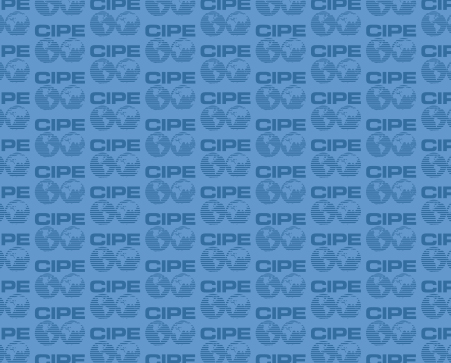
A few years ago a friend of mine was offered a job with a UN agency in her native country. She was elated by the opportunity until she realized it was conditional on a strict dress code: she had to agree to remove her headscarf.
In every country, local governments give different amounts of funding to UN agencies and exercise varying degrees of control over their work. As it turns out in this particular Arab country, the minister overseeing the UN agency was a prominent women’s rights leader, and due to her secular, cosmopolitan orientation, she felt that the hijab was antithetical to the agency’s mission of promoting women’s rights.
How does an agency that purports to be advancing the rights of women end up dictating what clothes they can and cannot wear? It may seem like a perverse example whose incongruities should be written off as unintended byproducts of a well meaning development project. That may be so, but it would also mean ignoring how prominent narratives of women’s rights and empowerment emerge to cloud the powerful global infrastructure of development in the first place.
Drawing and dissecting the pathways from theoretical ideas to evaluation indicators provides a revealing exercise to clear away the fog emanating from development buzz phrases like ‘women’s rights’ or ‘women’s empowerment’. The UN’s Arab Human Development Report (AHDR) is a good place to start.
There are few documents that command such influence over how donors and implementers alike approach issues of human development. In 2005, the AHDR dealt specifically with the theme of women. While AHDR does a commendable job of outlining the struggles and challenges facing women throughout the Middle East and North Africa, the upper middle class and cosmopolitan background of its authors should raise questions as to many of the underlying assumptions regarding daily life for Arab women.
The power of reports like the AHDR is that their prescriptions are usually intuitive: take, for example, employment as a key to the rise of women in the Arab world. Employment provides a wage, and greater resources lead to economic empowerment; an income could also provide greater space for a woman to make choices as an individual, outside of the confines of an overbearing family or demanding husband. However, as Columbia anthropologist Lila Abu-Lughod argues in a critique of the AHDR:
The fantasy about the magical value of work for women is a middle-class one—it presumes that jobs are well paid and fulfilling…One must ask if work that is badly paid, back breaking, exploitative, or boring liberates women. If employers or families do not provide child care, is it economically viable for women to work? If the wages are low, are the cost of transport, the absence of women’s labor in maintaining the household, and vulnerability to harassment worth it?
Over several decades of fieldwork in Egyptian villages, Abu-Lughod notes that a greater number of women are graduating high school, attending college, and finding local jobs, but these same women find it difficult to work after marriage and having kids. “Who would care for the children? Who would raise livestock as insurance against illness or big expenses?” The choice of whether to work or not is one whose motives are economic. They depend on each woman’s particular situation and vary tremendously.
Using language that bemoans the absence of a “clear dividing line” between the individual and the family, the AHDR enshrines individualism and assumes family dynamics are unfavorable to women. Such statements belie the extent to which women view their education or employment (otherwise considered “empowering endeavors”) as contributing to family well-being. As Abu-Lughod states, the report “is blind to the possibility that families might be, for good or ill, the very structures within which individuals conceive of themselves and realize themselves as individuals.”
It may be that large Western or multi-national development agencies see it as their mission to fundamentally reshape the role of women within the family, from the way they dress to their purchasing power. But more likely they just want what’s best for women everywhere. In that case, an approach that avoids grandiose designs and focuses on the full diversity of circumstances and reasons for choosing one path or another is more effective. This may mean job-skills training and access to education in some cases; in others it may just be cash hand-outs to cover grain feed for the family livestock.
In the same way presuming a hijab symbolizes an oppressed state, presuming that unemployment means a lack of contribution to a family’s income or well-being is just as misguided.
Published Date: June 09, 2011